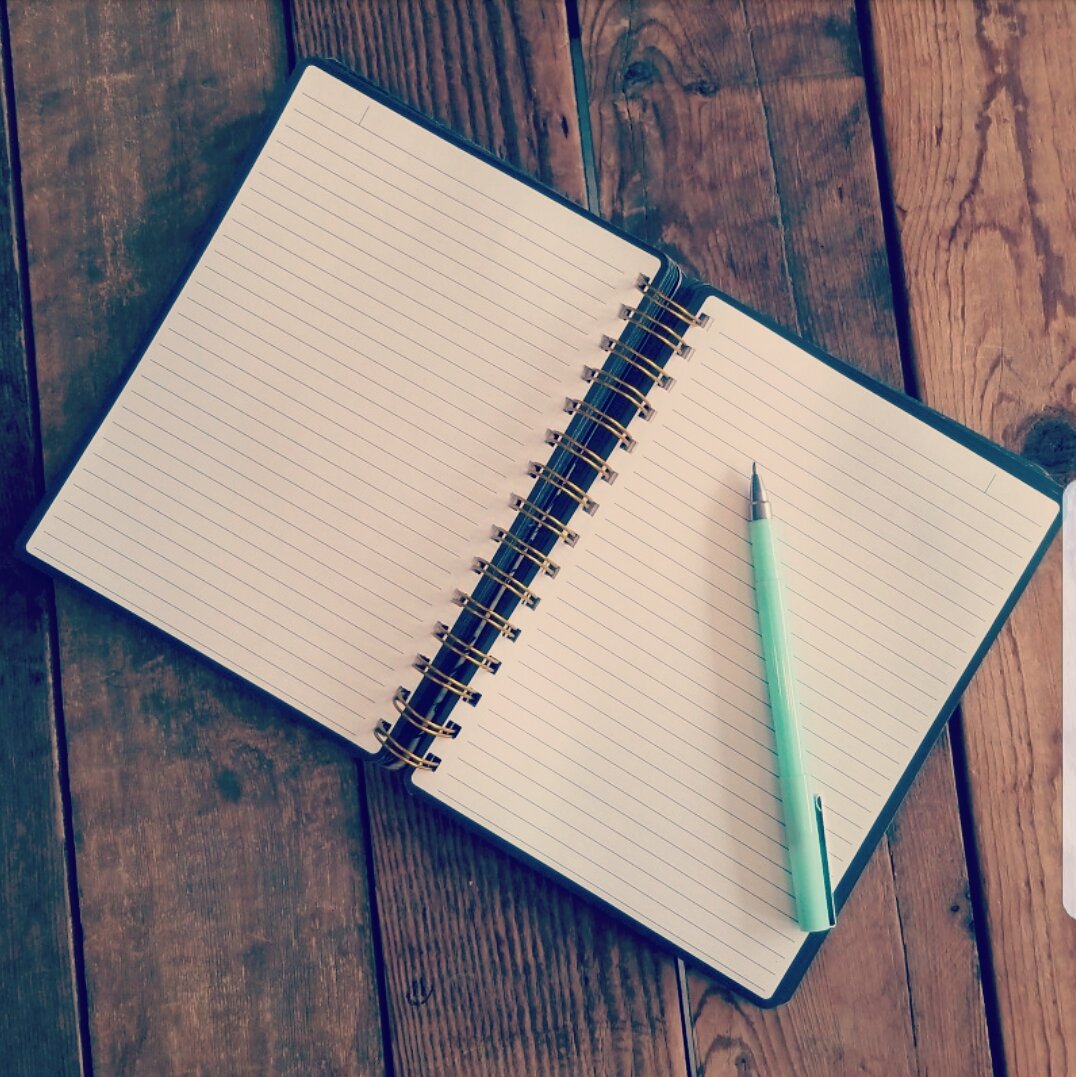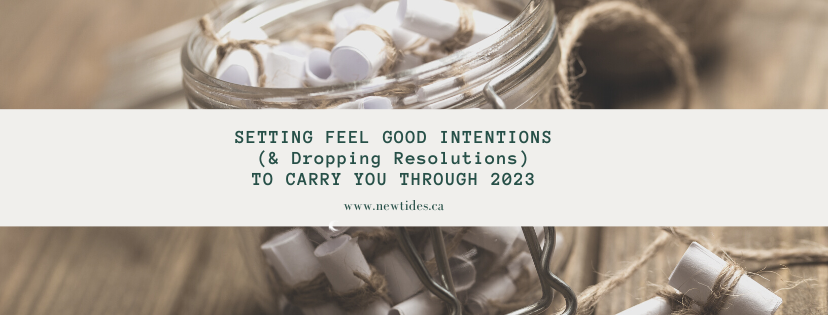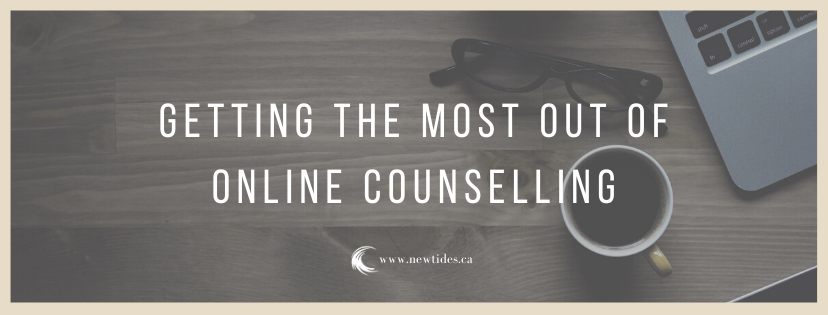
COUNSELLING AND THERAPY BLOG
3 Part Grounding (Printable Tool)
3-part grounding is one of my favourite grounding techniques for moments when we need to reset, or are experiencing anxiety, or a trauma tigger. This technique comes from training in somatic counselling and trauma-informed yoga.
This is one of my favourite go-to grounding exercises. We can always count on the following: our feet (or other parts of us) on the ground, our breath, and our own ability to expand and grow (literally and metaphorically). Try this for 3-5 breaths for each step!
Mindful tip - it helps to start practicing any mindfulness exercise when you're calm, then eventually applying it to more stressful/difficult situations.
To listen to a 5 minute audio version of this exercise, visit our resources section.
Square Breathing (Printable Tool)
Square or box or 4x4 breathing for working with anxiety, trauma, or other types of emotion regulation. This tool can also be used to practice mindfulness, before falling asleep at night, or anytime you need a moment of extra calm.
We feel anxiety a LOT in our bodies - think of how your heart might race, or you hands might shake when you are nervous. So when we are feeling anxious, one common way to tackle how we are feeling is through our thoughts and using rational thinking, but it can also be powerful to calm ourselves using our body. When our body starts to relax, this in turn can shift difficult emotions and even make it easier to address the pesky thoughts we may have been having (if we even still are focused on them at all - they may have disappeared!)
Here is a quick breathing exercise for you to try called 4x4 or square or box breathing.
You may want to try this first when you are feeling calm to get the hang of it, then later on when you're starting to feel difficult emotions.
Sometimes it also helps to tie an image to the breath - for example a balloon blowing up as you inhale, and deflating as you exhale.













